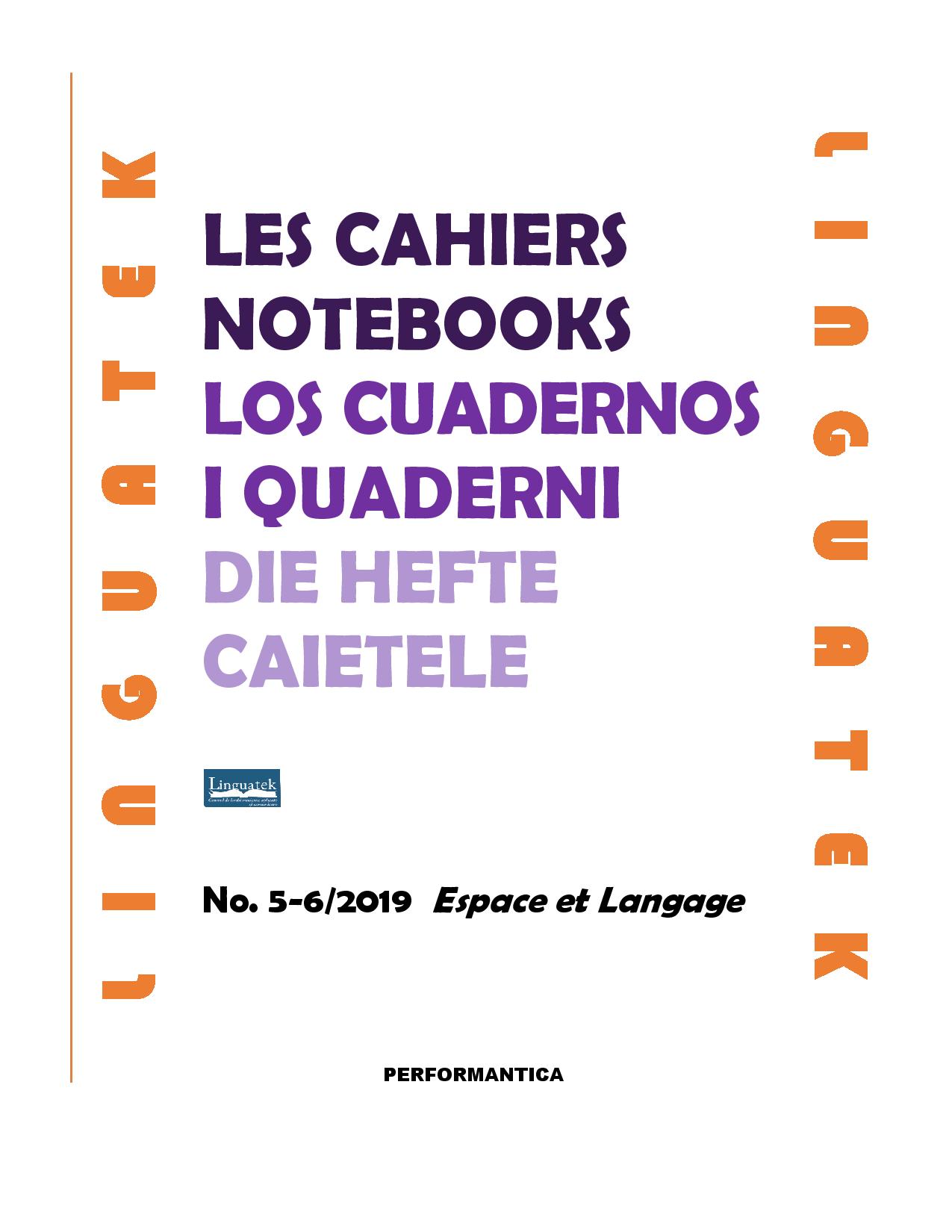Langage architectural de la lumière
Architectural Language of Light
Author(s): Raluca Maria ManoliuSubject(s): Fine Arts / Performing Arts, Architecture
Published by: Editura Politehnium
Keywords: architecture; light; void; uncanny; absence;
Summary/Abstract: The idea that architecture speaks its own nonverbal language is a relatively recent thesis developed in the late twentieth century, yet architecture has been "speaking" and transmitting messages for millennia. While Postmodernists see architectural language as composed of building elements that make the architectural vocabulary, their composition rules leading to phrases endowed with the ability to impart various meanings, architecture traditionally speaks the same language music does: it is not the musical notes carefully written on the sheet music, the ones who make a masterpiece. The notes are the alphabet. Proportional composition, tones, accents, and tempos are the "solid" structures of the piece: they are to music what the solid building, with its openings, differentiated planes and volumes, proportional composition, is to architecture. And while composition alone can make the masterpiece, the way it is played and the tonality of the particular instruments brings the piece of music to life: each time, a slightly different life, creating a different atmosphere. Both music and architecture are atmospheric in essence: to be meaningful, music and architecture have to create emotions and determine feelings. Architecture is what happens between the world of utilitarian rationality and artistic existential expression. It is dual, for it is inhabited art. Schelling called architecture "frozen music" and it became one of the famous definitions of architecture. Later on, Le Corbusier turned music into architecture, in La Tourette, and the meanings for doing so were the archetypal ones: proportional composition of geometrical volumes and light. In architecture, light is what gives spaces their meaning. When masterly used, light becomes to architecture what a skilled violinist with a Stradivarius brings to a famous concerto. Without light, spaces remain in oblivion. Light is the most subtle of the means of architecture; it can express joy and happiness, as well as melancholy and sorrow. This paper is interested in analyzing the interplay of light and matter in Daniel Libeskind's "Between the Lines", also known as the Jewish Museum of Berlin, a place where immaterial light become transubstantiated into displayable, meaningful substance. Light becomes both meaning and artifact. Museums usually control light very strictly, in order to ensure the proper maintenance and visualization of the displays, but in the Jewish Museum, spaces become symbols through lighting, and the symbols - as well as their deconstruction - are the representation of a specific history. Light fills the space as an exhibit and becomes a part of it. It is and is not hope, it is - and is not - emptiness, but rather what is left after presence becomes abolished. It is memory; and anguish. Light becomes the materialization of emptiness, as well as an experience of inherent pain, solitude, mute despair and uncertainty. As Anthony Vidler wrote in the “Architectural Uncanny”, [this] is for Libeskind the stuff of architectural experience.” Light is paradoxical, in the spaces of the museum. It is unsettled in its stillness and transcends the uncanny described by Vidler, in the sense that the spaces Libeskind creates are already imbued with meaning. In their emptiness, there is more than a projection of the visitors’ fearful expectations of what they might find in the museum. In fact, Libeskind is a modern Eupalinos: he knows how to compose and play with human emotions and spatially acoustic modulations and vibrations. His spaces are musical, in either their utter silence or their white noise. Light recreates the anguish, the agony, and finally, the silence. The silence of death, of disappearance. The Void.
Journal: LES CAHIERS LINGUATEK
- Issue Year: 3/2019
- Issue No: 05+06
- Page Range: 73-83
- Page Count: 11
- Language: French

